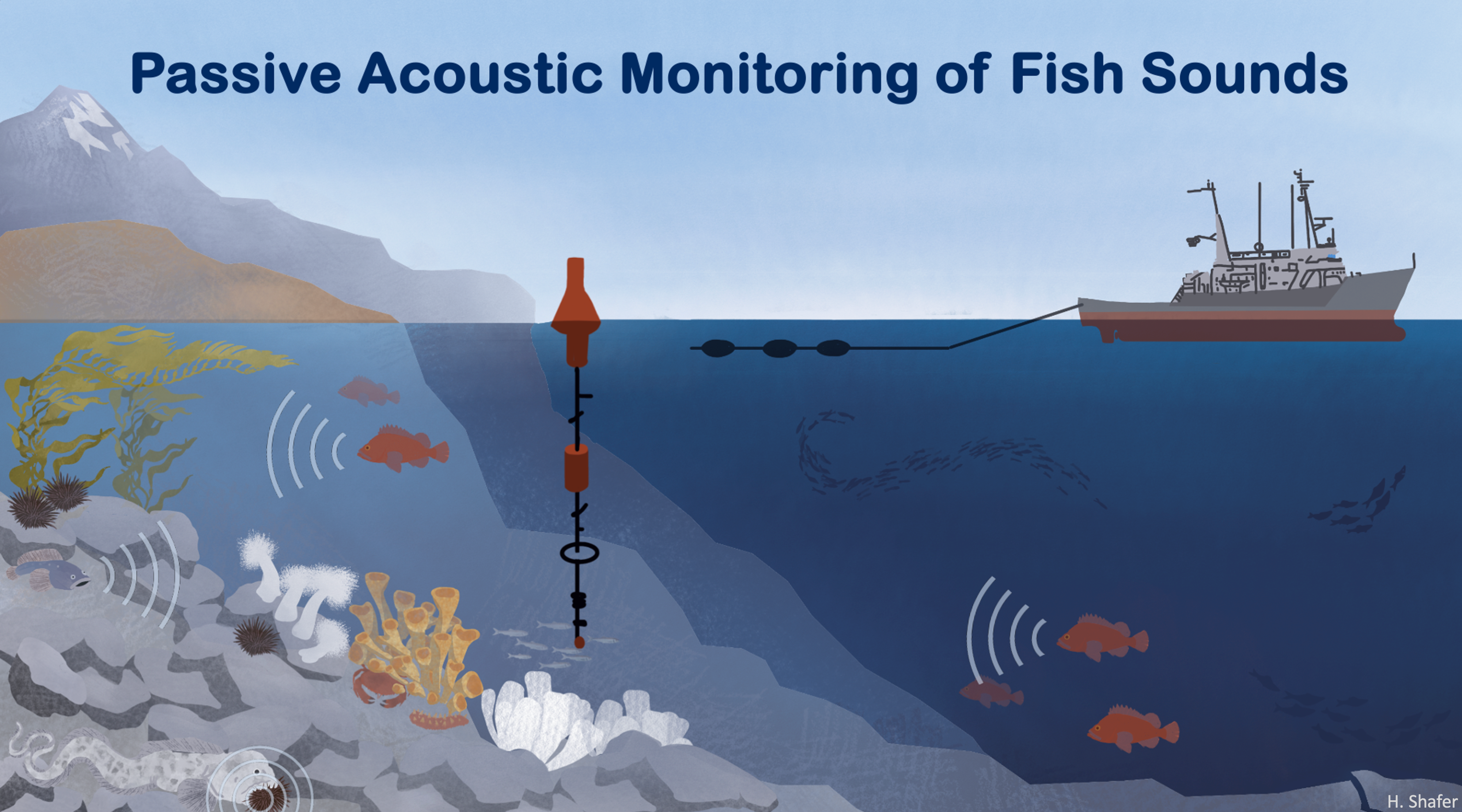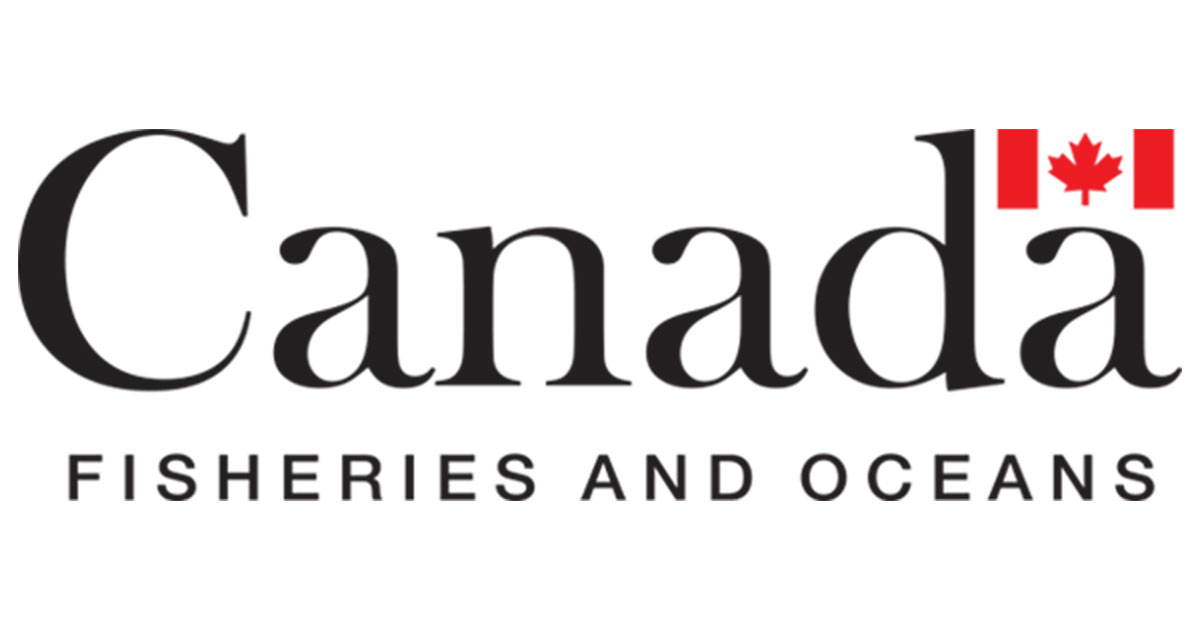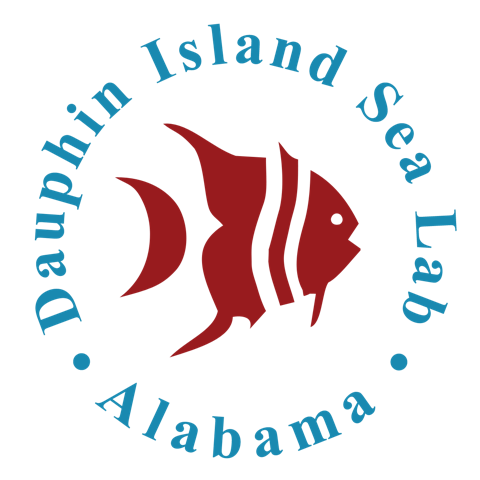FishSounds Fisheries
We are exploring the efficacy of passive acoustics to monitor a wide variety of fishery species in Canada and Alabama as well as providing informative tools and training directly to researchers, fisheries managers, and the public.

Activities
FishSounds Fisheries (Canada): Fisheries Acoustic Catalog and Passive Acoustics Workshops
This project seeks to create a comprehensive inventory of all the soniferous fished species in Canada. We have collected information on these species and their sound production to create an acoustic catalog targeted specifically for fisheries managers. A preliminary version of this dataset is available for download below. The data will be finalized and more fully integrated into the FishSounds website later this year.
You can learn more about underwater sounds and passive acoustic monitoring with the FishSounds Educate seminar series videos, available on the FishSounds YouTube channel!
FishSounds Fisheries (Alabama): Fisheries and Habitat Monitoring Using Passive Acoustics
This project will create a comprehensive inventory of all the soniferous fished species in Alabama, produce an acoustic catalog, and host training workshops. We will also use proof-of-concept field deployments to better determine the feasibility of different passive acoustic monitoring methods in Gulf of Mexico estuarine habitats as well as create an exhibit on Sounds of the Sea at Dauphin Island Sea Lab’s Alabama Aquarium.

Funding
Financial support for the FishSounds Fisheries project was kindly provided by the Department of Fisheries and Oceans and the Alabama Center for Excellence.

